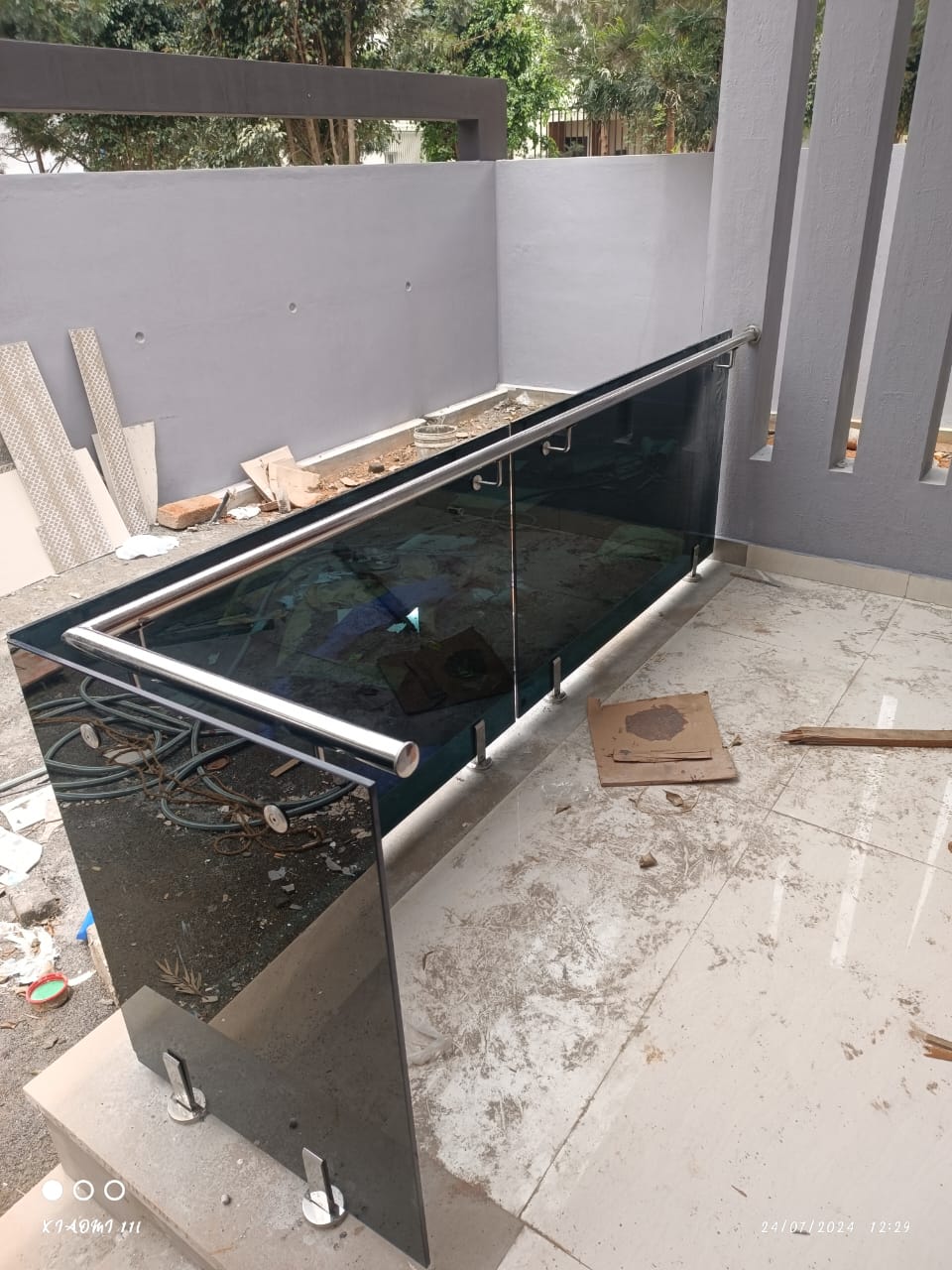Toughened Glass Railing
Toughened glass railings have become a popular choice in modern construction due to their sleek appearance, durability, and safety features. As architectural trends lean toward minimalism and transparency, toughened glass railings are increasingly used in residential, commercial, and industrial settings. This article explores the manufacturing process, benefits, and applications of toughened glass railings.
Understanding Toughened Glass
Toughened glass, also known as tempered glass, is processed glass that is treated to enhance its strength and safety. The manufacturing process involves heating the glass to approximately 600°C and then rapidly cooling it, creating a balance of compressive stress on the surface and tensile stress within. This makes the glass resistant to impact and shattering, ensuring it is safe for use in railings.
Manufacturing Process
-
Material Selection
High-quality raw glass is selected as the base material. The glass is carefully inspected to ensure it meets strength and transparency standards. -
Cutting and Shaping
The glass is cut into desired shapes and sizes using precision tools. This step is critical for custom railing designs. -
Edge Polishing
The edges of the glass are polished to remove sharpness and improve aesthetics. -
Tempering Process
The cut and polished glass is heated to its softening point in a tempering furnace. It is then cooled rapidly with air jets, imparting toughness. -
Drilling and Fittings
Holes or notches are added for mounting hardware such as clamps and brackets. Drilling is performed before tempering to prevent cracks. -
Quality Testing
The finished glass undergoes rigorous testing for strength, clarity, and surface finish. Tests also ensure the glass meets safety and performance standards.
Benefits of Toughened Glass Railings
-
Aesthetic Appeal
Toughened glass railings offer a clean, modern look. Their transparency allows uninterrupted views and maximizes natural light. -
Durability and Strength
The tempering process ensures the glass is several times stronger than regular glass, capable of withstanding heavy loads and impacts. -
Safety Features
If broken, toughened glass shatters into small, blunt-edged pieces, minimizing injury risks. -
Low Maintenance
Glass railings are resistant to corrosion and easy to clean, making them ideal for both indoor and outdoor use. -
Versatility
Toughened glass railings can be combined with materials like stainless steel, aluminum, or wood for customized designs.
Applications
-
Residential Spaces
Balconies, staircases, and pool enclosures. -
Commercial Buildings
Shopping malls, office buildings, and hotels. -
Outdoor Installations
Decks, terraces, and park boundaries. -
Public Infrastructure
Bridges, airports, and railway stations.
Choosing a Manufacturer
A reliable manufacturer ensures quality toughened glass railings by using advanced machinery and adhering to safety standards. Look for certifications such as ISO 9001 and compliance with local building codes. Manufacturers may also offer services like custom designs, installation, and post-sales support.
Conclusion
Toughened glass railings combine functionality, safety, and elegance, making them a versatile choice for modern construction. With proper manufacturing and installation, they can elevate the aesthetic and functional value of any space.
